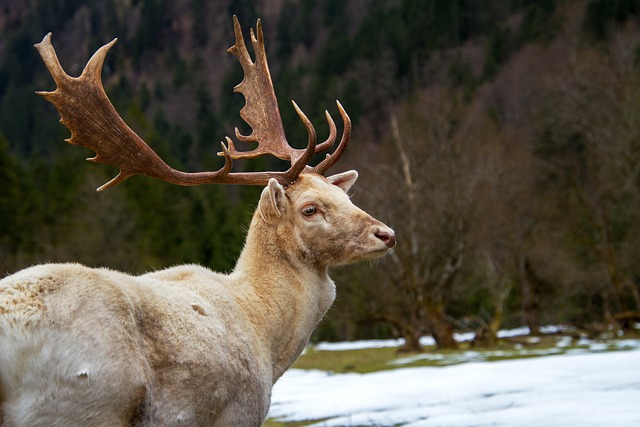Wildlife removal for scratching sounds in Golden walls is a common concern due to animal damage. Chimney caps prevent animals like squirrels and raccoons from entering through chimneys, reducing wildlife removal needs. Measure chimney diameter for custom cap fit, use high-quality materials, and secure tightly for maximum protection against climbing critters.
“Experience relentless wildlife scratching on your Golden walls? It’s time to explore effective solutions with wildlife control chimney cap installations. This comprehensive guide delves into understanding the distinctive sounds, highlighting the pivotal role of chimney caps in comprehensive wildlife management. Learn how these caps act as robust barriers, preventing unwanted visitors from causing damage. Discover expert installation tips for ensuring optimal protection against persistent wildlife removal woes.”
- Understanding Wildlife Scratching Sounds in Golden Walls
- The Role of Chimney Caps in Effective Wildlife Control
- Installation Tips for Optimal Barrier Protection
Understanding Wildlife Scratching Sounds in Golden Walls

Wildlife removal for scratching sounds in Golden walls often becomes a concern for homeowners due to the potential damage these noises can cause. Golden walls, with their attractive hue and texture, are particularly appealing to various wildlife species looking for shelter or food. When animals like squirrels, raccoons, or even rodents start nesting within these walls, they may leave visible marks and more noticeable scratching sounds.
These scratching sounds are a result of the wildlife trying to gain access or maintain their territory, often leaving behind physical evidence in the form of gnawed areas or holes. Homeowners might hear faint tapping, scrabbling, or even loud rasping noises emanating from within the walls. Understanding these sounds is crucial for effective wildlife control, ensuring both the safety of the animals and the integrity of your property.
The Role of Chimney Caps in Effective Wildlife Control

Chimney caps play a pivotal role in effective wildlife control, particularly when addressing issues like scratching sounds from unwanted critters in your golden walls. These caps act as physical barriers, preventing animals from entering chimneys and nests built within them. By blocking access points, chimney caps significantly reduce the risk of wildlife removal becoming necessary due to damage caused by persistent scratching or nesting behaviors.
Moreover, properly installed chimney caps deter a wide range of pests, including squirrels, raccoons, and birds, from using your chimney as a gateway into your home. Regular maintenance and inspection of these caps are essential, as they can become damaged over time, allowing re-entry for wildlife. With proactive measures in place, homeowners can enjoy peace of mind, knowing their property is less vulnerable to unwelcome guests and the potential damage they may cause, especially in areas known for their golden walls.
Installation Tips for Optimal Barrier Protection

When installing a chimney cap as a wildlife control measure, ensuring optimal barrier protection is key to preventing unwanted critters from entering your Golden wall spaces. Begin by measuring the chimney diameter accurately; this ensures a custom fit for the cap. Proper measurement prevents gaps that could allow animals access.
Choose a high-quality cap designed for effective animal deterrence. Look for sturdy materials like stainless steel or aluminum, which are less susceptible to damage and offer better protection against scratching sounds caused by wildlife. Secure the cap firmly with all included hardware, ensuring it’s locked in place for maximum effectiveness against climbing animals.
Chimney caps serve as an effective barrier against wildlife, preventing them from entering homes through chimneys and walls. By addressing scratching sounds and implementing proper installations, homeowners can enjoy peace of mind and a well-protected living space. Remember, prompt action on wildlife removal is key to avoiding potential damage and ensuring a safe environment for all.
